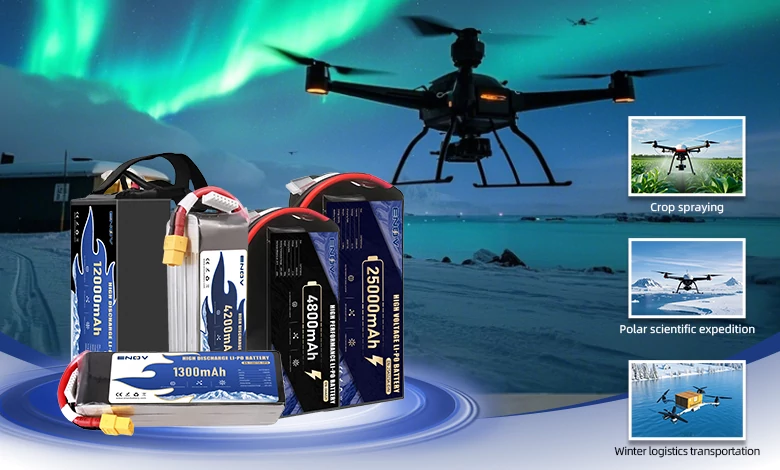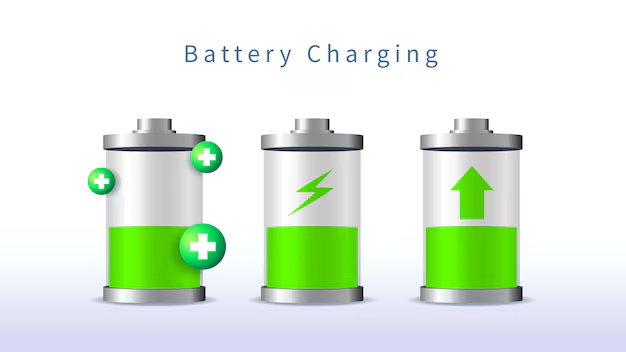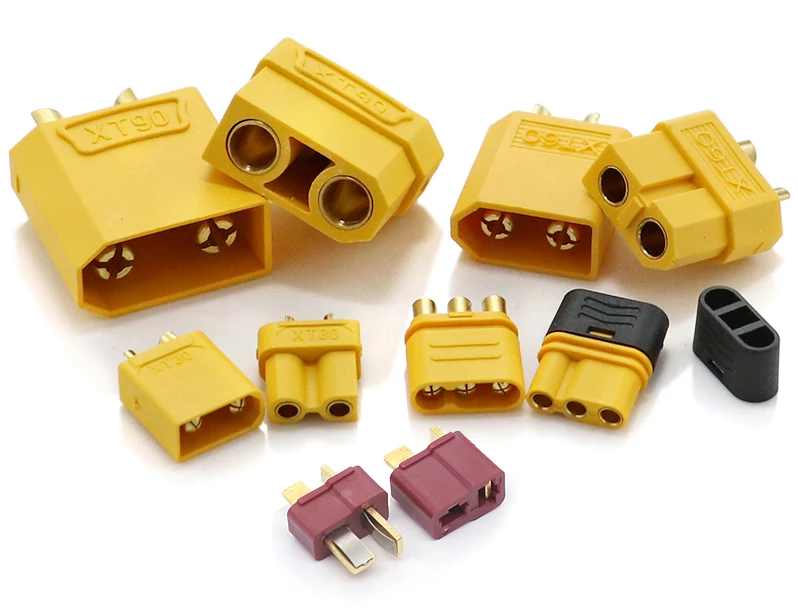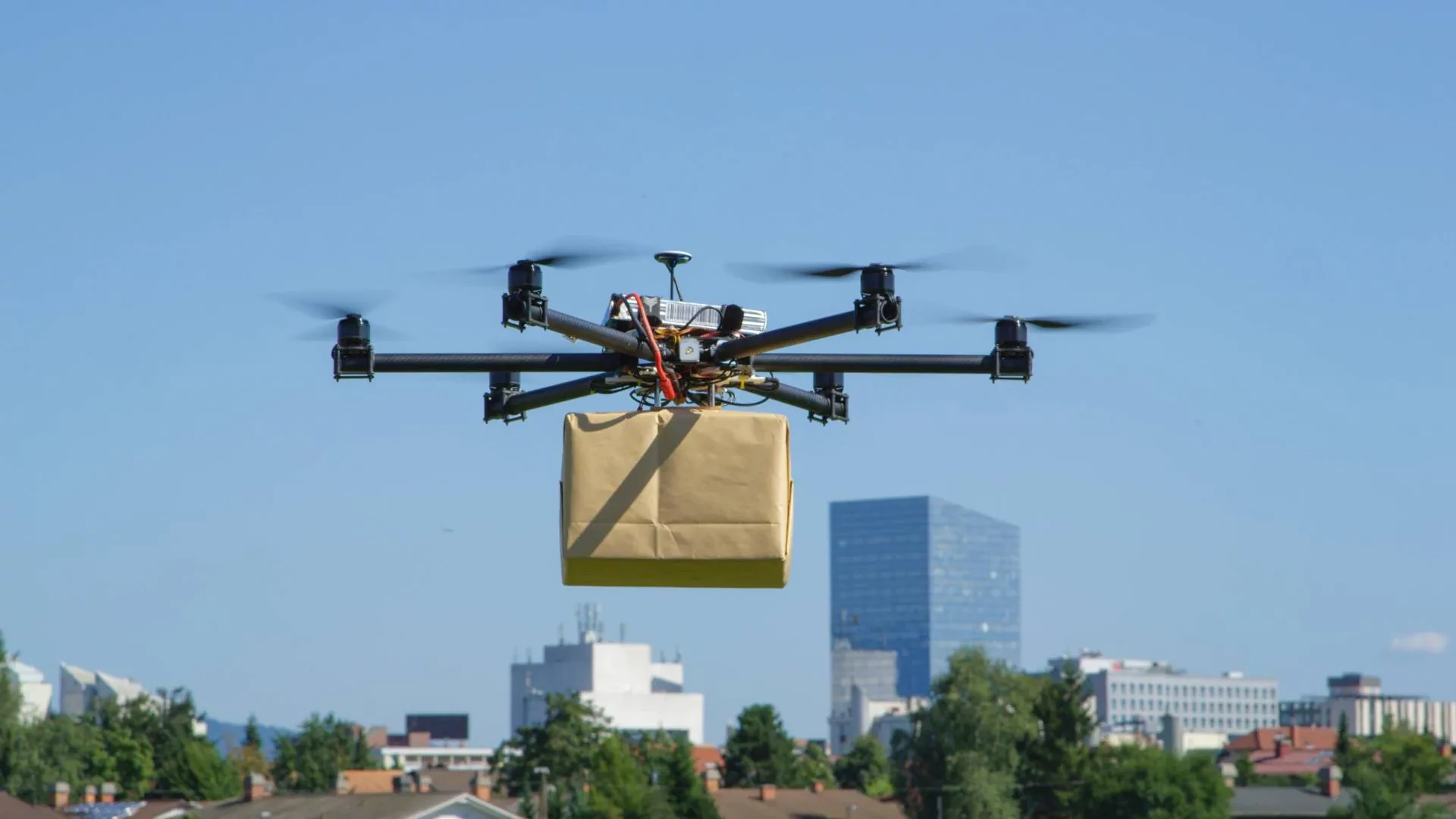Blended Wing Body Unmanned Aerial Vehicle (BWB UAV): Design, Advantages, Applications, and Development Prospects

ENOV High-Energy drone batteries power industrial and commercial drones. Delivering 220–320 Wh/kg energy density, they enable long flight times (30+ mins) and support fast charging (2C). Perfect for aerial photography, surveillance, and delivery drones.
The Blended Wing Body Unmanned Aerial Vehicle (BWB UAV), with its full English name being Blended Wing Body UAV, is an innovative product in the aviation field that breaks the design framework of traditional aircraft. It abandons the classic “fuselage-wing separation” structure of traditional aircraft and forms an integrated lifting body layout through the high integration and smooth transition of the fuselage and wings. This design is not a simple appearance adjustment but a systematic innovation based on underlying logics such as aerodynamic principles, structural mechanics efficiency, and mission adaptation requirements. Especially in the field of UAVs, since there is no need to consider restrictions related to manned flight, such as cockpit layout and escape systems, it can maximize the design freedom and demonstrate unique performance advantages.
I. Core Design Features: "Integrated" Innovation Breaking Traditional Norms
(I) Integrated Lifting Surface Structure, No Longer Segmented Functions
In traditional UAVs, the fuselage mainly undertakes the function of carrying equipment, fuel, and other loads, while the wings are only responsible for generating lift. The functional boundaries between the two are clear and independent of each other. However, the BWB UAV adopts an overall structure of “central wing box + outer wings”, which completely breaks this situation of segmented functions. Among them, the thick and wide central area replaces the traditional fuselage and can accommodate avionics equipment, batteries or fuel, and various mission payloads such as high-definition cameras and radars; the two sides extend outward smoothly to form thin wings, retaining the core function of wings in generating lift. From a top-down view, the entire aircraft presents a “flying wing” shape, and some models only retain small vertical tails or ventral fins at the tail to ensure heading stability. This realizes the breakthrough of “the fuselage can also participate in lift generation”, greatly improving the overall lift performance of the aircraft.
(II) Ultimate Optimization of Aerodynamic Shape, Significantly Reduced Drag
At the junction of the fuselage and wings of traditional aircraft, due to the sudden structural change, the airflow will separate here and generate eddy currents, forming “interference drag”, which is an important factor affecting the aerodynamic efficiency of the aircraft. The BWB UAV almost completely eliminates this interference drag through the smooth transition design between the fuselage and wings. At the same time, the aspect ratio (i.e., the ratio of wing length to width) of its overall lifting surface is precisely optimized, which can effectively reduce the induced drag, the main drag during low-speed flight. According to relevant data statistics, the aerodynamic efficiency of BWB UAVs is 15%-30% higher than that of traditional fixed-wing UAVs of the same level, laying a solid foundation for their long endurance and long range.
(III) High Utilization Rate of Internal Space, More Flexible Payload Adaptation
The fuselage of traditional UAVs is mostly cylindrical or rectangular in structure. Due to the limitation of the shape, there is a lot of waste in the internal space, which is difficult to use efficiently. The central wing box of the BWB UAV adopts a “flat and wide” structure, forming a continuous large-volume space inside without having to accommodate the shape constraints of the traditional fuselage. This space advantage enables it to flexibly arrange large-sized mission payloads, such as high-definition electro-optical pods and synthetic aperture radars, and can also load more fuel or batteries, thereby significantly improving the mission radius (endurance capability) or mission execution capability of the UAV. For example, it can realize multi-sensor integration and complete multiple tasks such as reconnaissance and monitoring at the same time.
II. Core Advantages: Unique Value Adapted to the UAV Field
(I) Significantly Improved Endurance and Range, Meeting the Needs of Long-Duration Missions
Benefiting from excellent aerodynamic efficiency, BWB UAVs encounter less drag and consume less energy during flight. With the same weight of fuel or batteries carried, their endurance time can be 20%-40% longer than that of traditional fixed-wing UAVs. This advantage makes them perform outstandingly in missions that require long-term stay in the air. For example, when performing reconnaissance missions, a single takeoff can cover a wider area, reducing the number of takeoffs and landings and improving mission efficiency; in communication relay missions, it can maintain signal coverage for a longer time and ensure stable communication.
(II) Outstanding Stealth Potential, Significant Advantages in the Military Field
The junction lines of the fuselage, wings, and empennage of traditional UAVs are prone to become “strong signal sources” for radar reflection due to obvious structural edges and corners, making them easy to be detected on the battlefield. Relying on its smooth shape without obvious edges and corners, the BWB UAV fundamentally reduces the radar cross-section (RCS). In addition, by adopting integrated coatings and embedding mission payloads (to avoid additional radar reflection caused by external hanging equipment), its radar detectability can be further reduced. This excellent stealth performance enables it to have irreplaceable advantages in military missions with high concealment requirements such as military reconnaissance, electronic countermeasures, and theater penetration, and can effectively improve the battlefield survival capability.
(III) Stronger Payload Capacity, Wide Range of Mission Adaptation
On the one hand, the central wing box of the BWB UAV provides a large-volume space, which can accommodate heavier and larger-sized mission equipment; on the other hand, the integrated structural design reduces the weak points at the connection between the traditional fuselage and wings, improves the overall structural strength, and can bear a larger payload weight. In the civil field, it can carry large surveying and mapping cameras to complete national land surveys, or load large-capacity agricultural plant protection spray systems to improve spraying efficiency; in the military field, it can carry small precision-guided weapons to perform attack missions, or carry electronic jamming pods to form a “jamming barrier” to suppress the enemy’s radar and communication systems, adapting to various types of mission requirements.
(IV) Stable Low-Altitude Flight Performance, Good Adaptability to Complex Environments
The lift distribution of the overall lifting surface of the BWB UAV is more uniform. When flying at low altitudes, it has stronger resistance to crosswinds and more stable flight attitude. This characteristic makes it perform excellently in mission scenarios such as low-altitude reconnaissance and terrain following (e.g., flying close to the ground to avoid enemy radar detection). Compared with traditional fixed-wing UAVs, it can better adapt to complex low-altitude environments, reduce flight fluctuations caused by airflow disturbances, ensure the stable operation of mission equipment, and improve the accuracy of data collection or mission execution.
III. Typical Application Scenarios: Multi-Field Coverage from Civil to Military
(I) Civil Field: Focusing on Efficiency and Practicality
• Long-Endurance Reconnaissance and Surveying: In missions such as national land surveys, forest fire monitoring, and marine environment monitoring, relying on its long endurance capability, the BWB UAV can fly for more than 10 hours in a single flight, covering an area of hundreds of square kilometers. Without frequent takeoffs and landings, it can continuously obtain images and data information of the target area, providing comprehensive support for subsequent analysis and decision-making.
• Agricultural Plant Protection Operations: Its large payload capacity can carry more pesticides, reducing the number of refueling times; at the same time, the wide fuselage design makes it suitable for low-altitude and uniform-speed flight, with a wider and more uniform spraying range. The spraying efficiency is 3-5 times higher than that of multi-rotor UAVs, which can effectively reduce the labor cost and time cost of agricultural plant protection.
• Logistics and Transportation Services: Some large BWB UAVs, such as the civil version of the Wing Loong-10, can carry more than 500kg of goods and can carry out material delivery in remote areas with inconvenient transportation such as mountainous areas and islands, solving the “last kilometer” transportation problem. Especially in the transportation of emergency rescue materials, it can quickly deliver medicines, food, and other materials to the destination.
(II) Military Field: Focusing on Stealth and Multi-Functionality
• Strategic Reconnaissance Missions: Some BWB UAVs have an endurance time of more than 24 hours and a ceiling of 15,000 meters. Combined with excellent stealth performance, they can penetrate deep into the enemy’s airspace, continuously conduct reconnaissance on the target area, collect intelligence information such as the enemy’s troop deployment and weapons and equipment, and transmit it back in real time, providing key basis for command and decision-making.
• Electronic Warfare Operations: After carrying electronic jamming equipment, the BWB UAV can fly at the front of the battlefield, forming a large-scale electronic jamming area, suppressing the enemy’s radar systems and communication networks, preventing the enemy from normally detecting targets and transmitting information, and creating a favorable electromagnetic environment for the own combat forces.
• “Loyal Wingman” Operations: As a “companion wingman” for manned aircraft (such as the J-20 fighter jet), the BWB UAV can carry weapons to perform attack missions, attract enemy firepower, and reduce the combat risks of manned aircraft; at the same time, it can also cooperate with manned aircraft in coordinated reconnaissance and tactical coordination, improving the overall combat effectiveness.
• Aerial Refueling Support: Large BWB UAVs can be modified into “unmanned refueling aircraft” to provide aerial refueling services for other combat aircraft (including UAVs and manned aircraft), extending the range and loitering time of combat aircraft and enhancing the sustained combat capability of air combat forces.
IV. Technical Challenges: Key Bottlenecks Restricting Popularization
(I) Complex Flight Control System, High R&D Difficulty
Traditional fixed-wing UAVs can flexibly adjust the flight attitude through the elevators and rudders of the empennage, and the control logic is relatively simple. However, most BWB UAVs do not have independent empennages and need to rely on “thrust vectoring” (changing the thrust direction by adjusting the direction of the engine nozzle) or “split ailerons” (the trailing edge of the wing is controlled in sections, and the control torque is generated through the deflection of different sections) to achieve attitude control. This has extremely high requirements on the accuracy and response speed of the flight control algorithm, and a more complex control system needs to be developed, which not only increases the R&D difficulty but also raises the R&D cost.
(II) Weak Low-Speed Maneuverability, Restricted Deployment Scenarios
The lift coefficient of the overall lifting surface of the BWB UAV is low in the low-speed state (such as the takeoff and landing phases), requiring a longer runway to complete takeoff and landing. If it is to be deployed in narrow sites such as field airports and small takeoff and landing points, it is necessary to be equipped with a catapult takeoff device or an Arrestor recovery system, which increases equipment investment and operation complexity. In contrast, multi-rotor UAVs or short takeoff and landing fixed-wing UAVs have higher deployment flexibility in narrow sites, which limits the application of BWB UAVs in some scenarios.
(III) High Manufacturing Cost, Difficulty in Mass Production
The integrated fuselage of the BWB UAV requires complex molds and advanced composite material molding processes, such as the manufacturing of the overall carbon fiber skin, which has strict requirements on production equipment, technical level, and process accuracy. This complex manufacturing process leads to its mass production cost being 20%-50% higher than that of traditional UAVs. At present, BWB UAVs are more suitable for high-end mission scenarios with high performance requirements and sufficient budgets, such as military reconnaissance and large-scale logistics transportation, and it is temporarily difficult to replace low-cost consumer UAVs or small industrial UAVs on a large scale.
V. Future Development Prospects: Potential and Breakthrough Directions
As one of the cutting-edge directions of aviation technology, BWB UAVs have great potential in terms of stealth performance, aerodynamic efficiency, and multi-functional mission adaptability, and are one of the important trends in the future development of the aviation field. However, to achieve large-scale application, it is still necessary to break through three core bottlenecks: flight control system, material technology, and cost control.
With the continuous advancement of artificial intelligence technology, autonomous flight algorithms will become more accurate and reliable, which can effectively solve the complex attitude control problem of BWB UAVs and improve their flight stability and mission autonomy; the innovation of composite material technology will reduce the manufacturing difficulty and cost of the integrated fuselage, and improve the structural strength and lightweight level; at the same time, with the expansion of market demand and the maturity of production technology, the mass production cost is expected to be further reduced, promoting the transformation of BWB UAVs from “high-end niche” to “popular application”.
In the future, BWB UAVs are expected to achieve breakthroughs in more fields. For example, in the civil field, they can be used for the regular operation of large unmanned freight routes to improve the efficiency of logistics transportation; in the military field, they will become core equipment for theater penetration and multi-aircraft coordinated operations, enhancing the overall effectiveness of combat forces; even in the field of deep-space exploration, after technical transformation, they may be used for detection missions in the atmosphere of planets, opening up new scenarios for the application of aviation technology.
Quick inquiry
Drop us a line, and we’ll get back to you within 24 hours.

Ariana Yuan
Digital Operations Manager
Website Planning|Marketing Project Management for Drone Batteries|Scheduled Content Refresh|SEO Optimization

Ariana Yuan
Digital Operations Manager
Website Planning|Marketing Project Management for Drone Batteries|Scheduled Content Refresh|SEO Optimization




